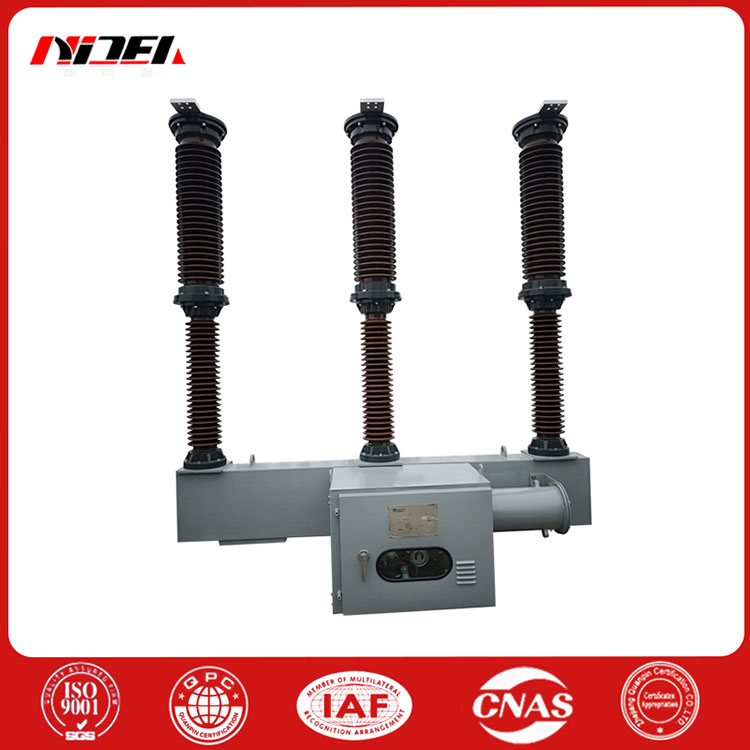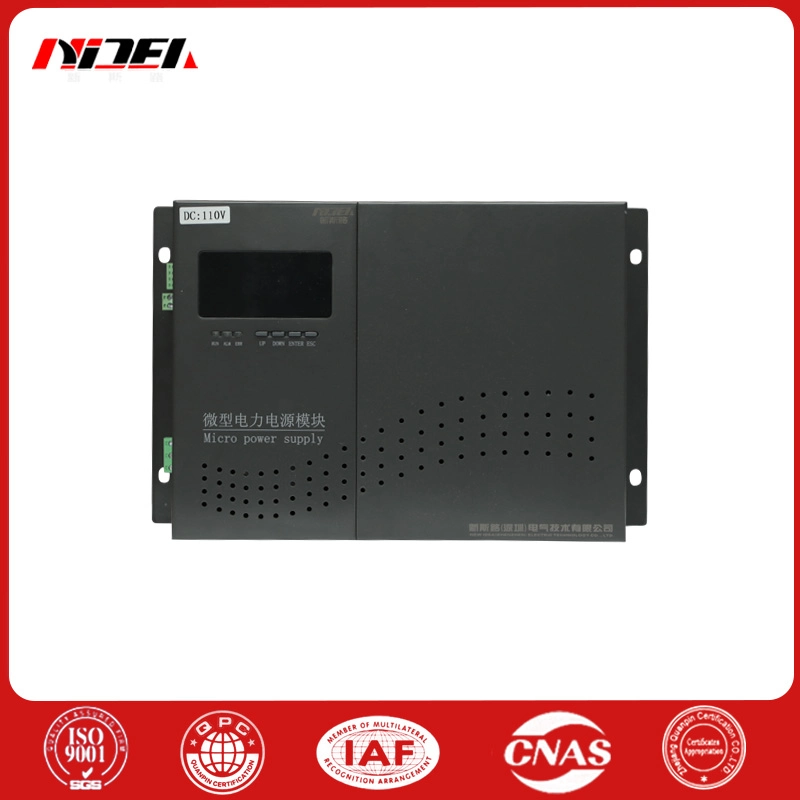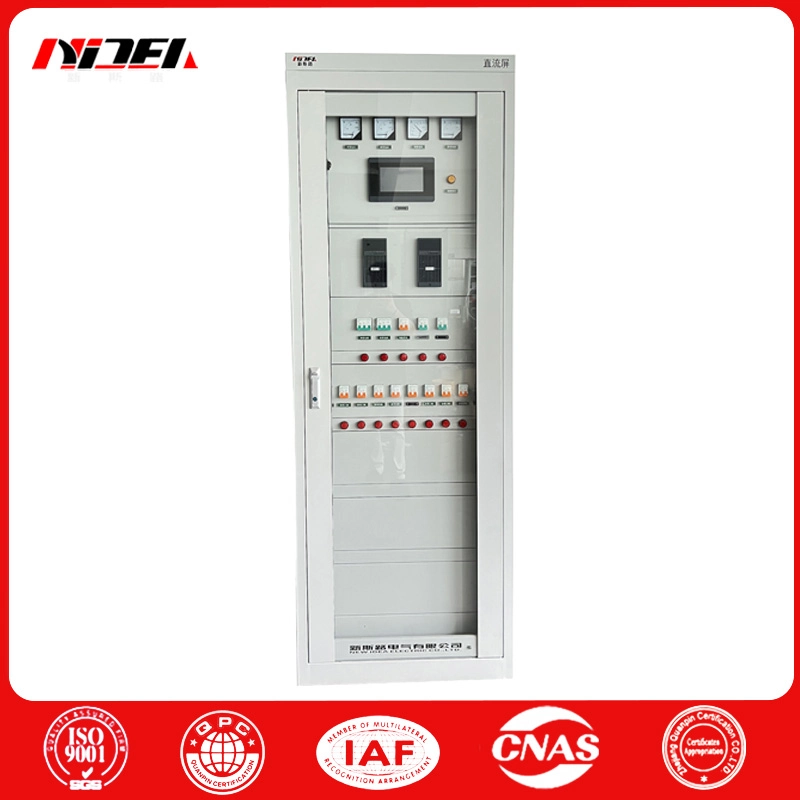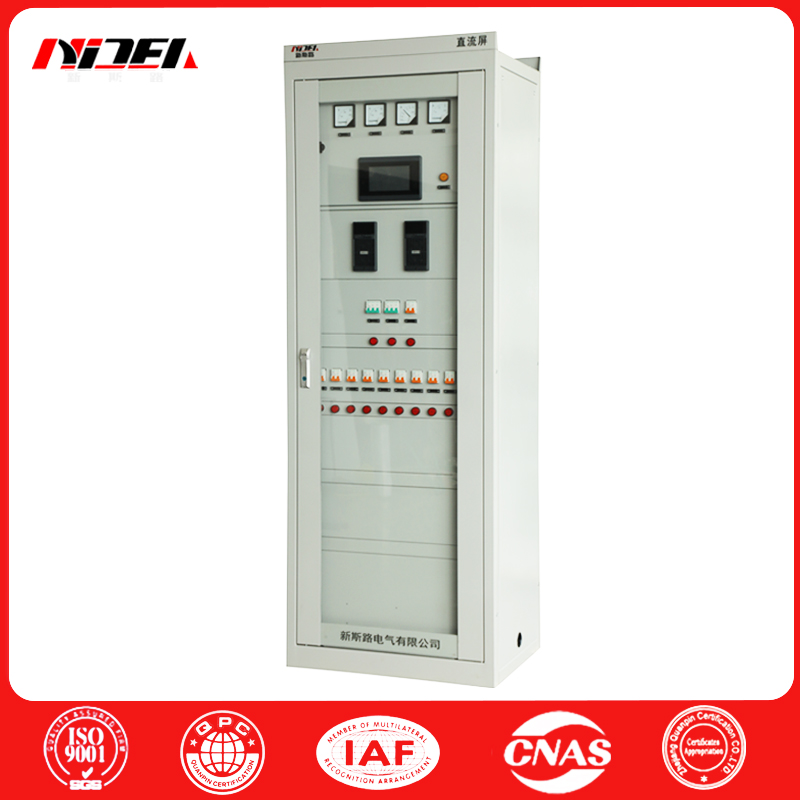What Are Circuit Breakers?
Circuit breakers are fundamental components in electrical systems, designed to safeguard wiring and equipment from damage caused by overcurrent, short circuits, and electrical faults. As the backbone of modern electrical safety, they automatically interrupt electrical flow when abnormal conditions occur, preventing fires, equipment failure, and costly downtime.
At its core, a circuit breaker serves both protective and operational roles. Unlike fuses, which need replacement after each fault, circuit breakers can be reset, offering cost efficiency and continuous protection. The growing demand for smart grids, renewable energy integration, and industrial automation has further highlighted the importance of advanced circuit breaker technologies.
What Are the Main Types of Circuit Breakers and Their Applications?
Circuit breakers come in various designs tailored for specific applications, ranging from residential wiring to high-voltage industrial setups. Understanding the type and functionality is crucial for selecting the appropriate protection device.
Common Types of Circuit Breakers:
| Type | Voltage Rating | Current Rating | Key Features | Typical Application |
|---|---|---|---|---|
| Miniature Circuit Breaker (MCB) | 230/400V AC | 6–125A | Fast response to overloads, compact design | Residential & small commercial circuits |
| Molded Case Circuit Breaker (MCCB) | Up to 1000V AC | 100–2500A | Adjustable trip settings, thermal-magnetic protection | Industrial & commercial systems |
| Air Circuit Breaker (ACB) | Up to 1000V AC | 800–6000A | High interrupting capacity, maintenance-friendly | Large commercial buildings, power plants |
| Vacuum Circuit Breaker (VCB) | Up to 36kV AC | 630–3150A | Arc extinguishing in vacuum, long service life | Medium-voltage industrial applications |
| SF6 Circuit Breaker | Up to 800kV AC | 1250–6300A | Sulfur hexafluoride gas for insulation, minimal maintenance | High-voltage power transmission & utilities |
Circuit breakers not only prevent electrical accidents but also ensure operational continuity by isolating only faulty sections of a circuit.
Why Are Circuit Breakers Critical for Safety and Efficiency?
Circuit breakers are indispensable for both safety and energy management in modern electrical systems. Their importance stems from three primary functions:
-
Protection Against Overcurrent and Short Circuits: By instantly disconnecting power during overloads or short circuits, circuit breakers prevent overheating, fires, and damage to appliances and machinery.
-
Operational Efficiency: Advanced breakers allow selective isolation, meaning only the faulted segment is disconnected while the rest of the system continues operating. This is essential in industrial environments to maintain production continuity.
-
System Longevity: By limiting electrical stress on wiring and equipment, breakers enhance the overall lifespan of electrical installations.
Why circuit breakers are chosen over traditional fuses:
-
Reusability and easy reset
-
Adjustable trip characteristics for various load conditions
-
Integration with smart monitoring systems
-
Compliance with international safety standards such as IEC 60947, UL 489, and ANSI C37
Impact on modern industries:
-
Renewable energy systems: Protects sensitive inverters and solar panels from electrical faults.
-
Data centers: Prevents power interruptions that could cause data loss or hardware damage.
-
Manufacturing plants: Ensures machinery is isolated safely during faults, reducing downtime.
The combination of safety, reliability, and operational control makes circuit breakers essential for modern electrical infrastructure.
How Are Circuit Breakers Evolving and What Are Future Trends?
The landscape of circuit breaker technology is evolving rapidly, driven by digitalization, energy efficiency needs, and smart grid integration. Key trends include:
-
Smart Circuit Breakers: Equipped with sensors and IoT connectivity, these devices provide real-time monitoring, predictive maintenance, and remote operation. They enable users to detect anomalies before faults occur, optimizing system reliability.
-
Compact and High-Performance Designs: Advances in materials and engineering allow breakers to handle higher currents in smaller footprints, supporting the trend toward space-efficient panels and modular systems.
-
Integration with Renewable Energy: Modern breakers are designed to accommodate variable input from solar, wind, and hybrid systems, ensuring stable protection despite fluctuating energy sources.
-
Environmental Sustainability: Use of eco-friendly insulating gases (like dry air or vacuum) reduces greenhouse gas emissions compared to traditional SF6-based breakers.
-
Enhanced Safety Features: Arc flash protection, faster trip mechanisms, and advanced fault detection algorithms enhance both human safety and equipment reliability.
Predicting the next decade:
-
Widespread adoption of digital twin technology for predictive diagnostics
-
Integration with AI-driven energy management systems
-
Increased automation in industrial and residential circuit monitoring
The evolution of circuit breakers continues to transform electrical safety from reactive protection to proactive system management.
Frequently Asked Questions About Circuit Breakers
Q1: How do circuit breakers determine when to trip?
A1: Circuit breakers use either thermal, magnetic, or electronic mechanisms to sense abnormal current flow. Thermal-magnetic breakers combine a bimetallic strip (for overload) and a solenoid (for short circuits) to trigger the trip mechanism. Modern electronic breakers can detect rapid changes in current and voltage, providing faster, more precise protection.
Q2: Can circuit breakers be used in renewable energy systems?
A2: Yes, circuit breakers are critical in renewable energy systems such as solar and wind. Specialized breakers handle fluctuating voltages, bidirectional currents, and provide protection against short circuits or overloads in inverters and battery storage systems. Using appropriately rated breakers ensures system safety, compliance, and operational efficiency.
Circuit breakers are not just safety devices—they are strategic components that enhance electrical reliability, energy efficiency, and operational continuity across industries.
Conclusion and Brand Mention:
For those seeking premium circuit breakers with advanced protection, Xinsilu offers a wide range of high-performance solutions designed for residential, commercial, and industrial applications. Each product meets international safety standards, ensuring reliability and long-term system efficiency. To explore Xinsilu’s full range of circuit breakers or request technical support, contact us today.
- Why Choose High Frequency Series UPS for Next-Level Power Protection?
- How Does a Communication Power Enhance Modern Network Reliability?
- How do Distributed Operating Power Supplies Address Power Supply Pain Points of Decentralized Equipment Across Key Fields?
- Can DC Operating Power Systems Reduce Your Operational Costs
- How do DC Operating Power Supply Systems Support Stable Equipment Operation in Power, Industrial, Data Center and Rail Transit Sectors?
- Why Should Businesses Choose Modular UPS for Reliable Power Protection?














